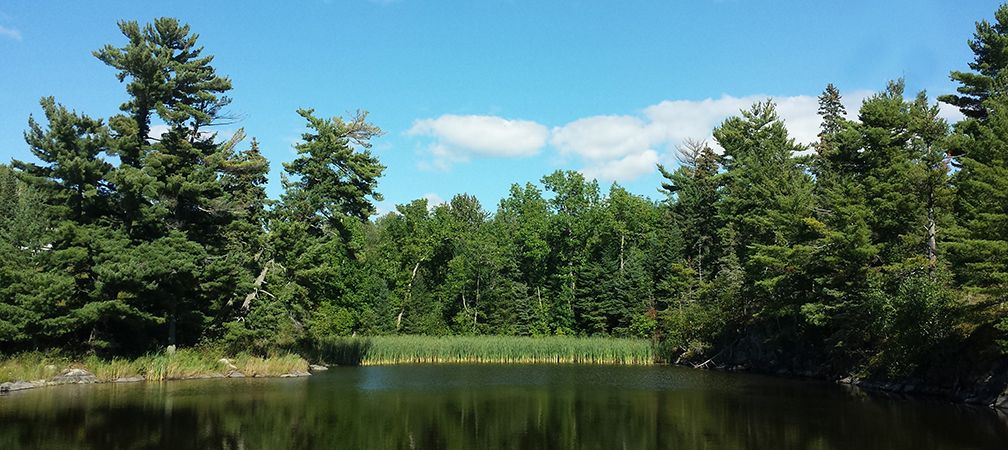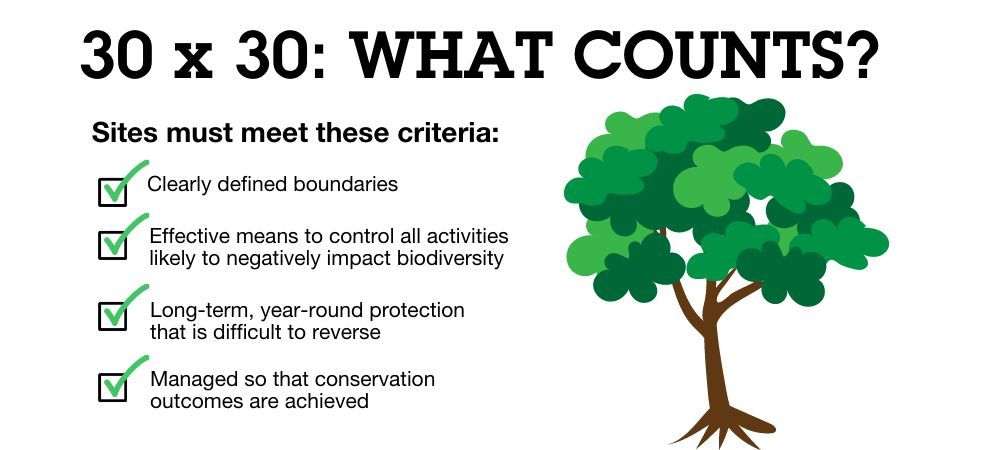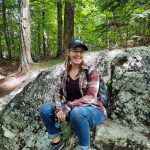Ontario Nature Blog
Receive email alerts about breaking conservation
and environmental news.
© Lora Denis
Old growth red pine forest, Temagami area © Noah Cole
In 2021, the Government of Ontario appointed a Protected Areas Working Group to “identify opportunities to protect and conserve more natural areas” in the province, but the group’s final report and recommendations were never released.
Two years later, Katie Krelove, Ontario Campaigner at the Wilderness Committee, obtained the report through a Freedom of Information request. She then publicly shared it through a news article published by The Narwhal on June 15, 2023. This blog summarizes seven key takeaways.

The report, “A New Approach: Advancing Protected and Conserved Areas in Ontario,” urges immediate action and calls for a “steadfast commitment from the top” and proposes a strategic framework for expansion. The report:
While Ontario Nature wholeheartedly supports the above recommendations, there are others in the report that give us cause for concern. As usual, the devil is in the details. In the rush to account for diverse types of existing protected and conserved areas, it is critical to ensure that the pan-Canadian standard for protected and conserved areas is upheld. Only sites that are managed to achieve effective, long-term biodiversity conservation should count towards the 30 by 30 target.

The provincial government has yet to move on any of the report’s recommendations, but it’s not too late. We all have an opportunity to urge the Government of Ontario to take meaningful action to protect natural areas. With Members of Provincial Parliament (MPPs) officially home for the summer, this is a particularly good moment to reach out as a constituent and make your views known through a phone call or meeting.
For help engaging with your MPP, please check out Ontario Nature’s four updated tipsheets on “flexing your democratic muscle.”
To learn more about key opportunities to create protected areas near you and across the province, visit the collective “Your Protected Places” Story Map.
To take action, please sign our Protected Areas Action Alert.

Gananoque Lake Nature Reserve © Smera Sukumar
Red headed woodpecker in Port Dover
That the final report and recommendations of the Protected Areas Working Group were buried and had to be accessed by an FOI request speaks volumes about the current provincial government’s commitment to nature conservation. On the other hand, the fact that a Protected Areas Working Group was even appointed gives one a glimmer of hope that there are those inside the government who do care. If only these people could be identified and appealed to for their help and influence.